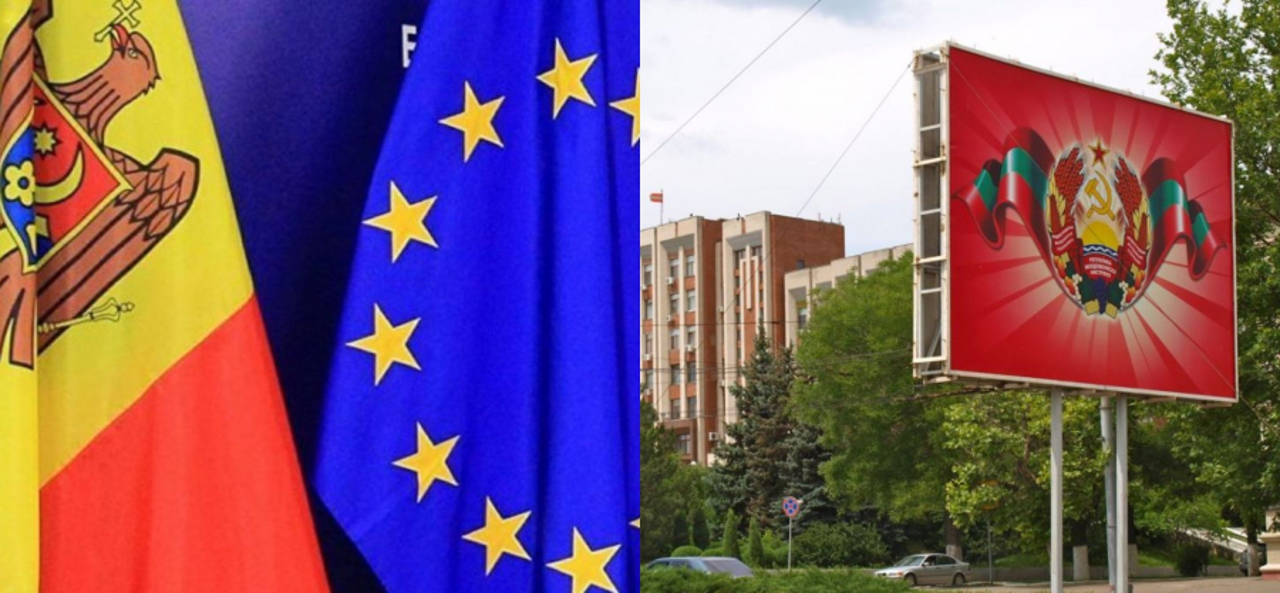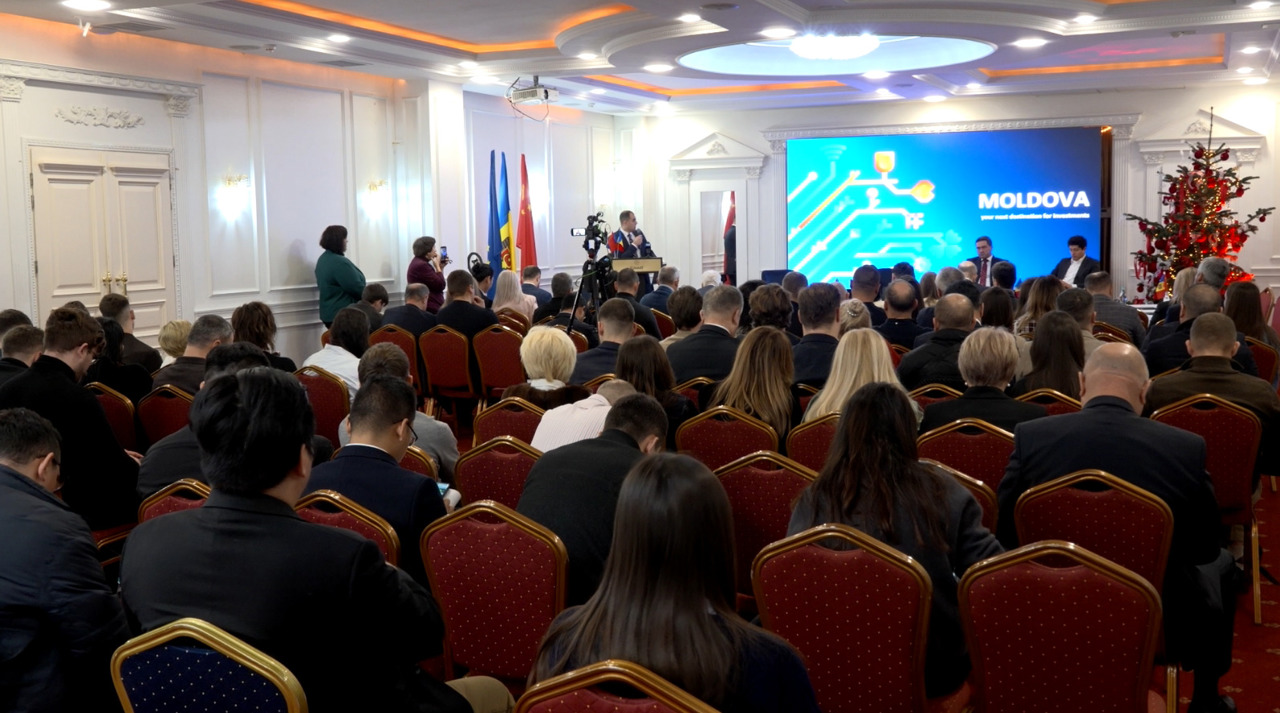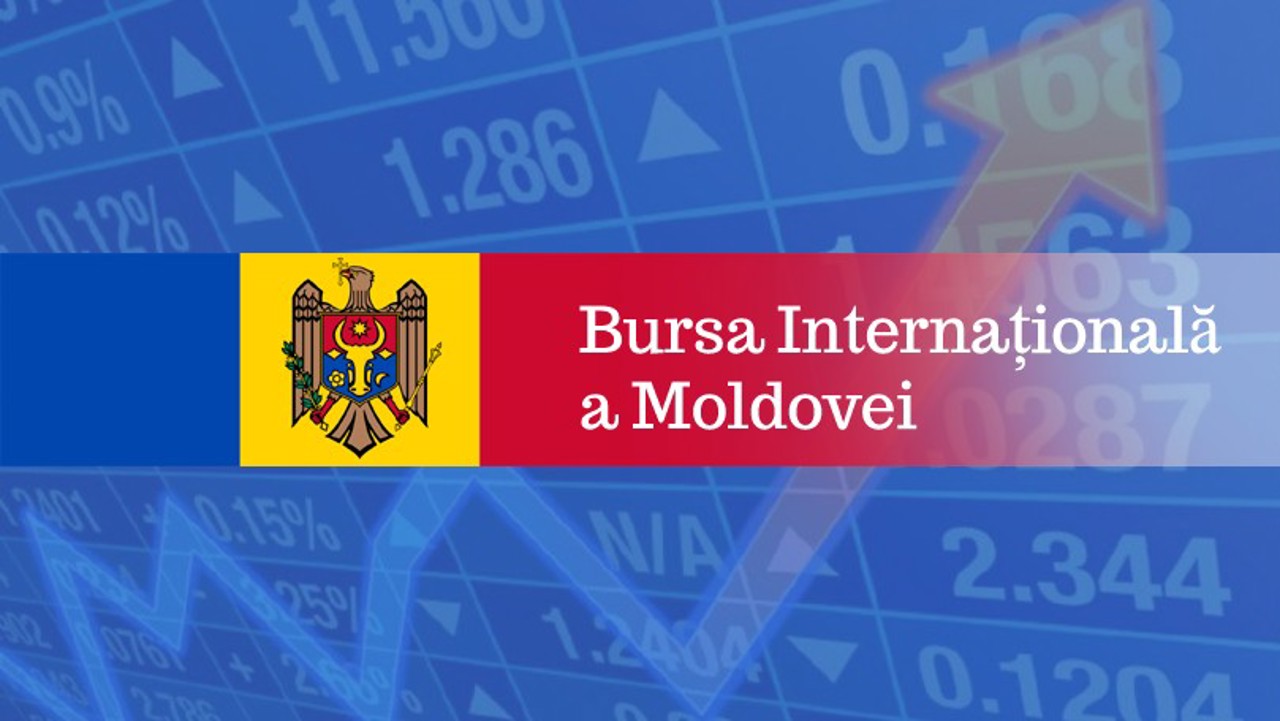Resolving Moldova's Transnistrian conflict: Key challenges and solutions
One of the most significant challenges that the Republic of Moldova has faced during its 33 years of independence is the separatist region on the left bank of the Dniester, which has caused ongoing insecurity since the early 1990s.

The conflict emerged in the early 1990s, and on March 2, 1992, six months after independence was declared, it escalated into a war that caused hundreds of deaths, thousands of injuries, and many refugees. Transnistrian separatism is viewed by most experts as an artificial phenomenon, instigated and fueled by Moscow to retain influence over the Republic of Moldova.
The Transnistrian conflict, which broke out in 1992 and was later frozen, remains a tool for the Russian Federation to keep the Republic of Moldova within its geopolitical sphere of influence, according to Anatol Țăranu, a political analyst and former Moldovan ambassador to Moscow. He views the Transnistrian dispute as a “laboratory” for testing solutions that might be applicable to other conflicts in the post-Soviet space, including Ukraine.
“The Russian Federation is uninterested in resolving this conflict and is able to maintain its military presence in Moldova, even if it is confined to the left bank of the Dniester. Meanwhile, this conflict serves as a testing ground for solutions that could be employed in other conflicts maintained by the Russian Federation in the former Soviet Union. The Transnistrian conflict has served as a testing ground, with attempts to apply its solutions to the Ukraine conflict.”
Analysts stress that while the presence of foreign troops on Moldovan territory is an obstacle, it should not be used as a reason to delay resolving the conflict. In the current context, where Russia's international influence has diminished, there are greater opportunities for advancing towards a sustainable solution, according to Anatol Țăranu. He asserts that the resolution of the Transnistrian conflict largely depends on the outcome of the war in Ukraine.
“Currently, these conditions do not exist; everything hinges on the outcome of the war in Ukraine and the terms of the peace negotiated with Ukraine. Ukraine is not interested in having a Russian enclave behind it that would continuously threaten its national security, and this enclave on Moldovan territory also endangers the Republic of Moldova's existence. It is important to note that throughout Moldova’s independence, the state has never achieved its territorial integrity,” he added.
Conversely, former Deputy Prime Minister for Reintegration Alexandru Flenchea believes that the Republic of Moldova is in a significantly better position regarding the resolution of the Transnistrian conflict compared to 33 years ago when it declared independence. Despite the ongoing division, the left bank of the Dniester is now much more integrated economically and socially into the rest of the country, said Alexandru Flenchea.
“There are 360,000 citizens on the left bank of Dniester. However, the current population is smaller because not all individuals who obtained Moldovan documents have remained in the region. Citizens in the region benefit from public services and healthcare. The economy in this region is largely integrated with the national economy, and businesses on the left bank of the Dniester are mostly legalised, though not entirely. Legalising all businesses there must remain a priority for our country. Once this is achieved, the only remaining step will be to remove foreign troops to confirm that the conflict is resolved.”
Reintegration is a responsibility of the state towards its citizens and a crucial condition for successful integration into the European Union. To achieve this goal, the country’s leadership must implement well-considered reintegration policies and, when necessary, engage with those who currently control this region effectively. Their interests are quite transparent and straightforward—they are profiting from the situation created by the secessionist and unrecognised region. Therefore, conditions must be established to prevent this from continuing.
It is important to note that following the 1992 war, which resulted in hundreds of deaths and thousands of injuries and displaced persons, Russia pledged to withdraw its troops and ammunition from the left bank of the Dniester—a promise that remains unfulfilled. The 5+2 negotiation format, launched in 2005 and always somewhat ineffective, has become nearly non-functional due to the war instigated by Russia in Ukraine, with both states serving as mediators. The Transnistrian conflict was seen as one of the main obstacles to the Republic of Moldova’s accession to the European Union.
However, in the past year, several European and Chisinau officials have discussed a potential two-step integration or the Cypriot model, initially excluding the left bank of the Dniester, if a viable settlement solution is not found by then.
Translation by Iurie Tataru






